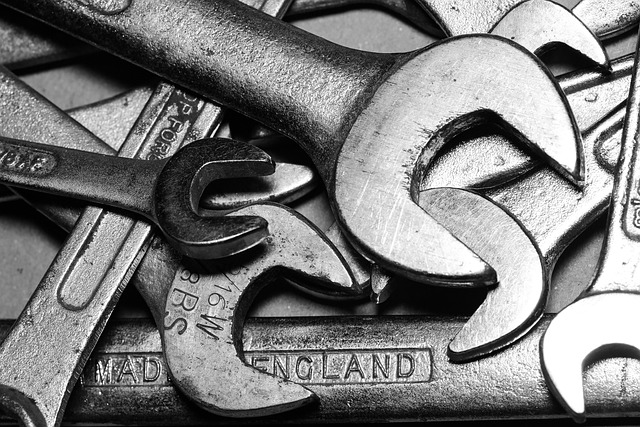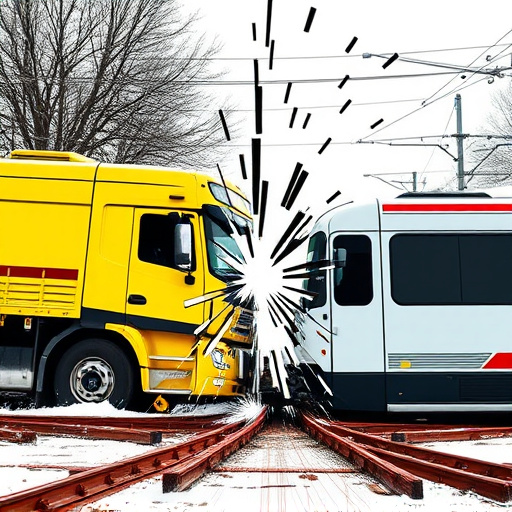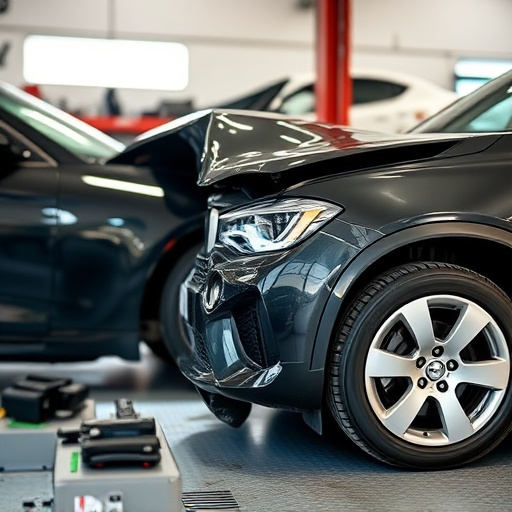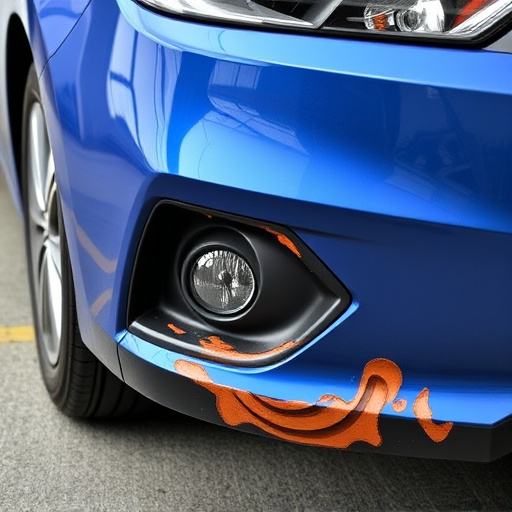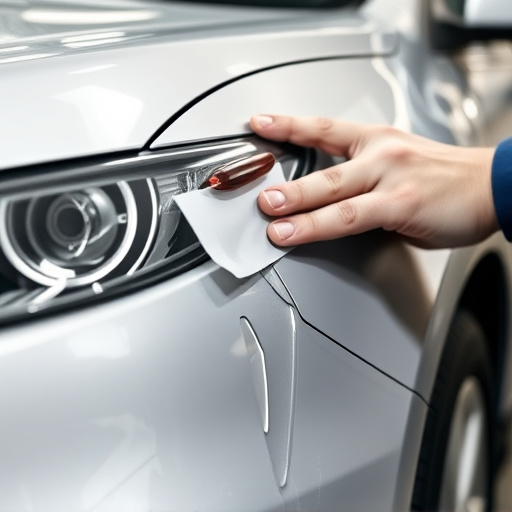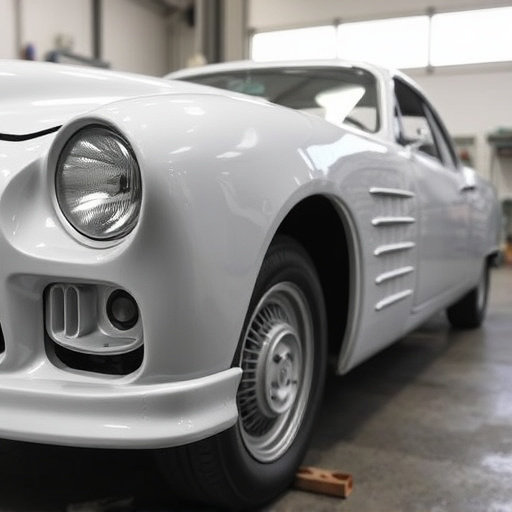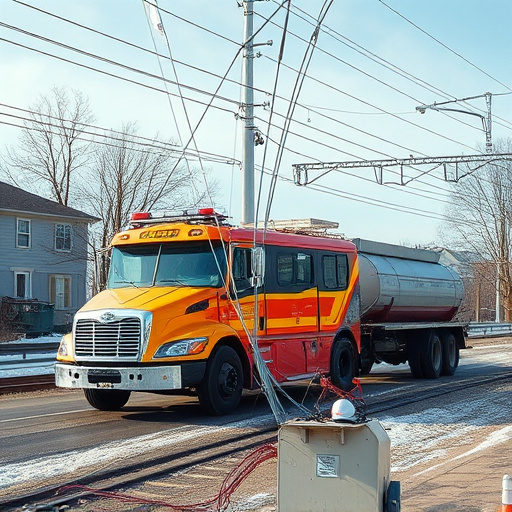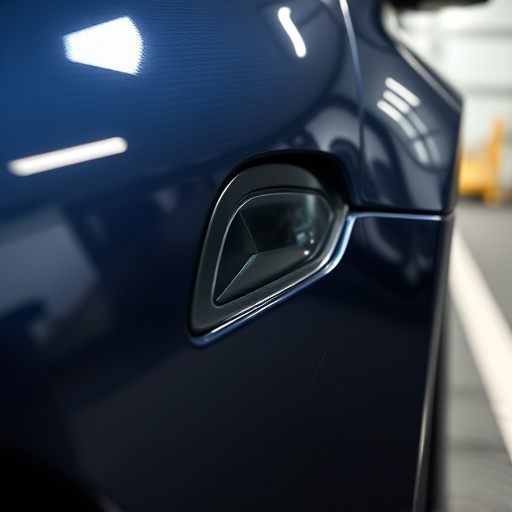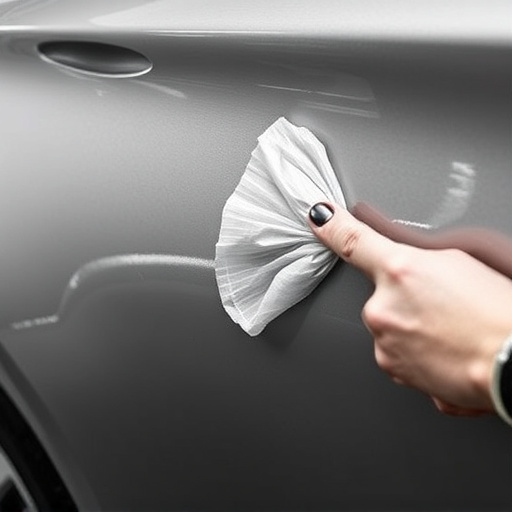Customer feedback is crucial for improving mirror replacement processes after collisions. By analyzing positive and negative input, auto repair shops can enhance service quality, refine techniques, upgrade equipment, and train staff to deliver exceptional mirror replacement collision repair experiences, fostering client satisfaction and maintaining high standards. Encouraging client reviews uncovers valuable insights into common issues, repair effectiveness, and satisfaction levels, guiding targeted improvements throughout the entire process from assessment to installation.
Customer feedback plays a pivotal role in enhancing the quality of mirror replacement collisions. By understanding client experiences, gathering insights on their collision-related issues, and implementing this data into repair processes, auto body shops can significantly improve efficiency and customer satisfaction. This article delves into these crucial aspects, offering practical strategies to leverage feedback for better mirror replacement outcomes. Explore how analyzing collision-related input drives positive change in the industry.
- Understanding Customer Feedback's Impact on Mirror Replacement
- Gathering and Analyzing Collision-Related Input from Clients
- Implementing Feedback to Enhance Collision Repair Efficiency
Understanding Customer Feedback's Impact on Mirror Replacement
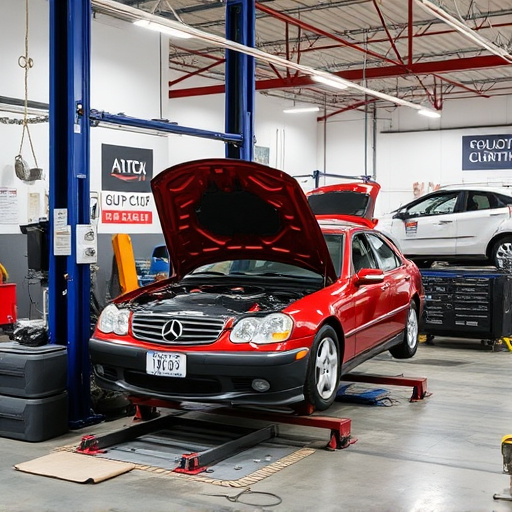
Customer feedback plays a pivotal role in enhancing mirror replacement processes, particularly in the context of collision repair. When a vehicle experiences a collision, the mirrors often sustain damage, requiring prompt replacement to ensure safe driving. However, the mere act of replacing the mirrors isn’t enough; it’s the feedback from customers that drives continuous improvement in auto body services. Every positive or negative experience reported by clients offers valuable insights into the quality and efficiency of car body restoration procedures.
By actively listening to customer reviews, auto repair near me facilities can identify recurring issues related to mirror replacement collision repairs. This information is instrumental in refining techniques, upgrading equipment, and training staff to deliver superior service. Moreover, understanding customer preferences helps tailor solutions, ensuring that each vehicle is restored to its pre-accident condition or even exceeding expectations. Thus, customer feedback acts as a powerful tool for enhancing auto repair services, fostering customer satisfaction, and maintaining the highest standards in car body restoration.
Gathering and Analyzing Collision-Related Input from Clients
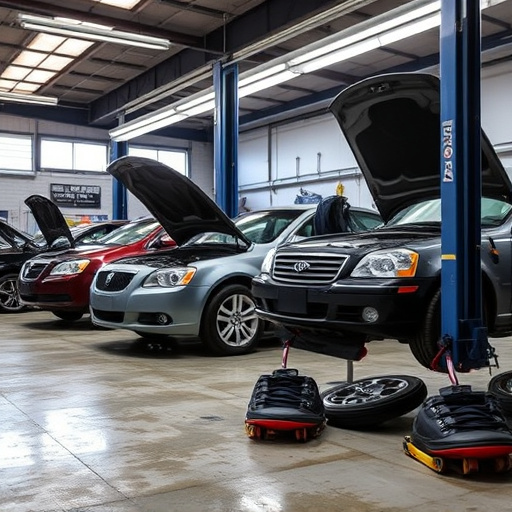
Gathering and analyzing collision-related input from clients is a vital step in enhancing mirror replacement processes for auto repair services. By encouraging and actively seeking feedback from individuals who have experienced mirror replacement collisions, businesses can gain invaluable insights into common issues, effectiveness of repairs, and client satisfaction levels. This data allows for the identification of recurring problems that may not be immediately apparent during standard operations.
Through focused surveys or informal discussions, auto repair shops can collect detailed information on every aspect of the mirror replacement process, from initial assessment to final installation. Understanding how clients perceive these services—including their experience with hail damage repair or fender repair—is crucial for refining techniques and improving overall service delivery in collision repair, ensuring a seamless and positive customer journey.
Implementing Feedback to Enhance Collision Repair Efficiency
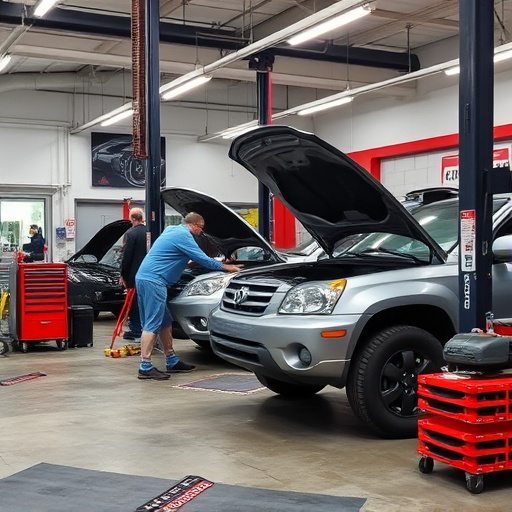
In the realm of auto body repairs, particularly for mirror replacement collisions, customer feedback plays a pivotal role in enhancing collision repair efficiency. When clients share their experiences and suggestions, it provides invaluable insights into areas that require improvement within car body shops. By actively implementing this feedback, businesses can streamline their processes and deliver higher-quality services. For instance, positive feedback about the speed and effectiveness of paintless dent repair techniques can encourage shop managers to invest in advanced training for their staff, ensuring they stay at the forefront of industry trends.
Similarly, critical remarks regarding communication or turnaround times can prompt shops to overhaul their scheduling systems or employ more transparent updates, fostering better client relationships. This proactive approach not only improves customer satisfaction but also transforms these suggestions into actionable strategies. As a result, car body shops can offer more streamlined services, from initial assessments to final touches, ultimately making mirror replacement collisions less stressful for both staff and clients.
Customer feedback plays a pivotal role in refining the process of mirror replacement collisions, significantly enhancing repair efficiency. By gathering and meticulously analyzing input from clients, collision centers can identify pain points and make data-driven improvements. This iterative approach ensures that each mirror replacement is not just a fix but an opportunity to create a better experience for future customers. Embracing client feedback fosters a culture of continuous improvement in the industry, ultimately elevating the standards of mirror replacement collisions.
